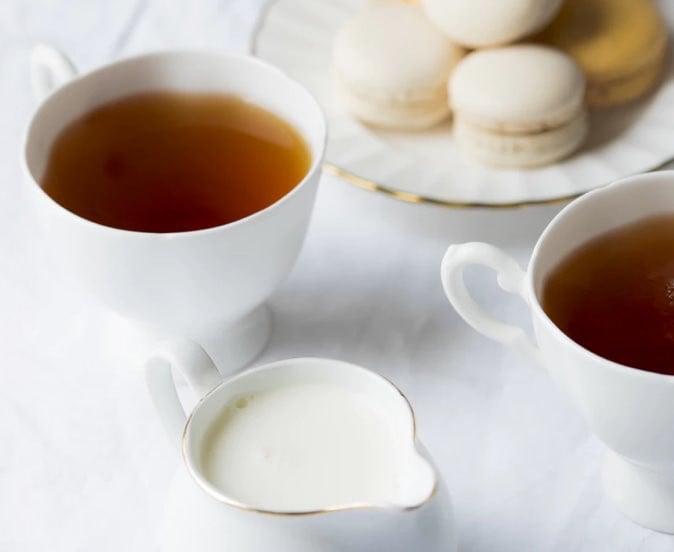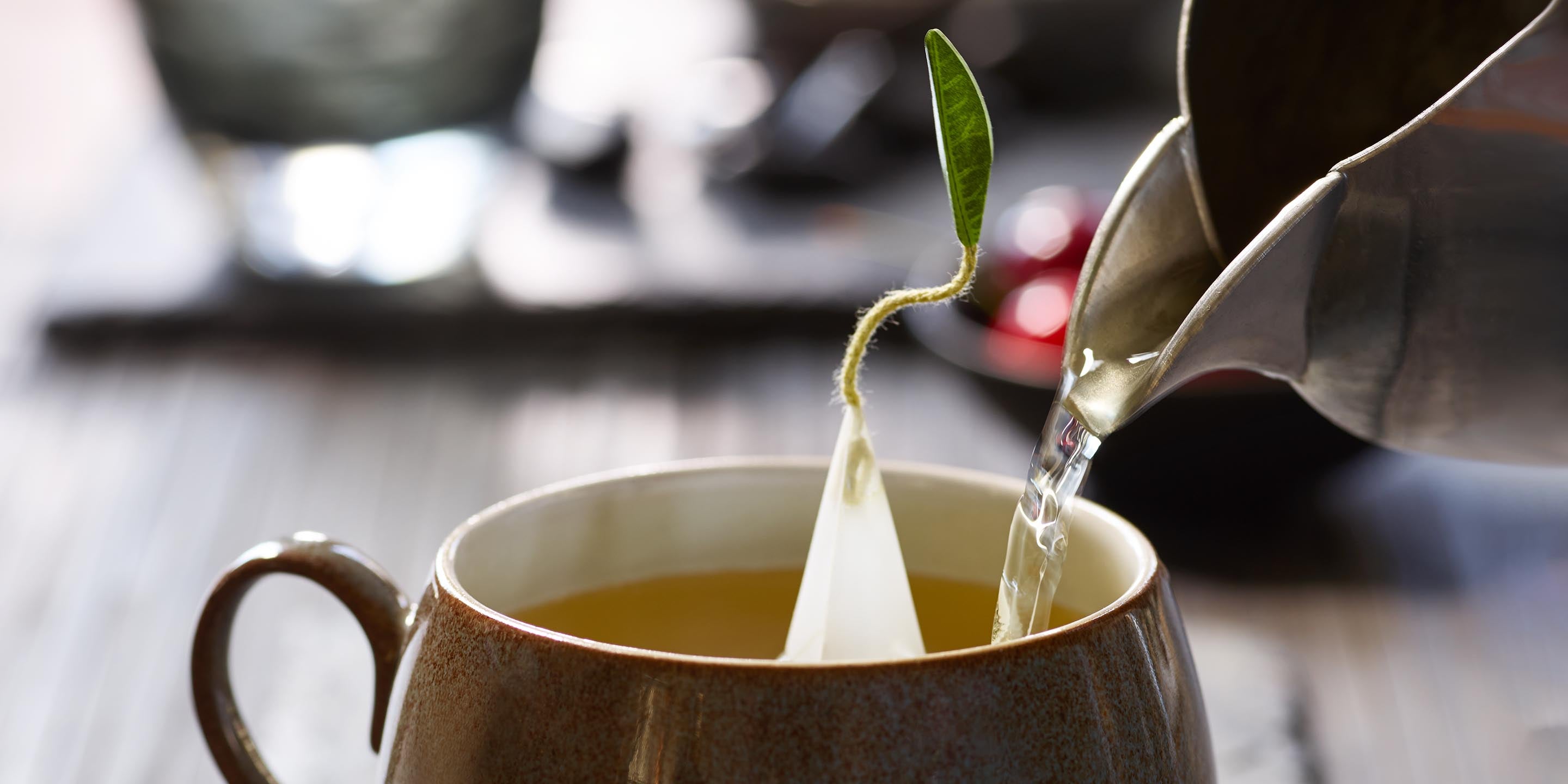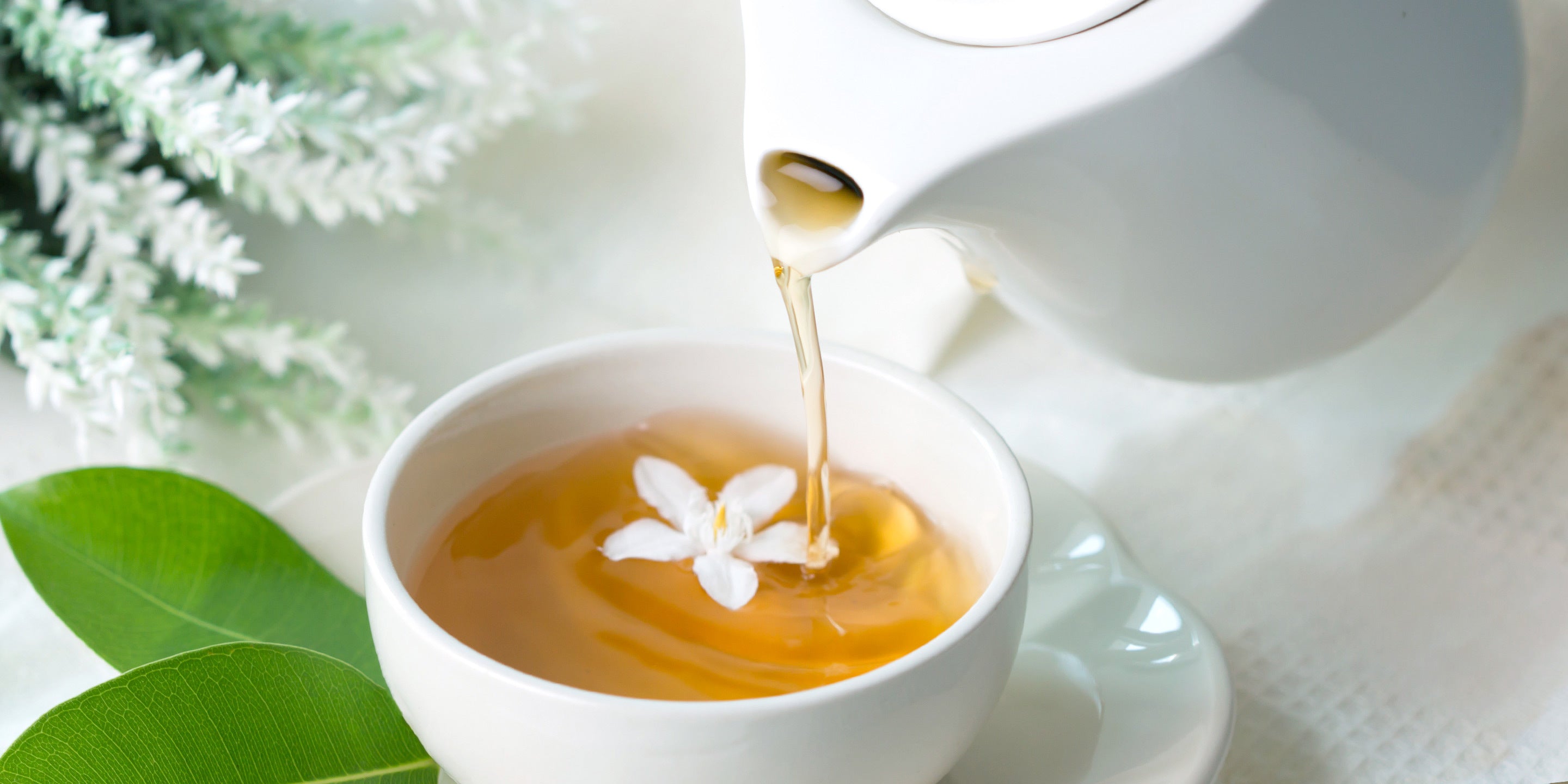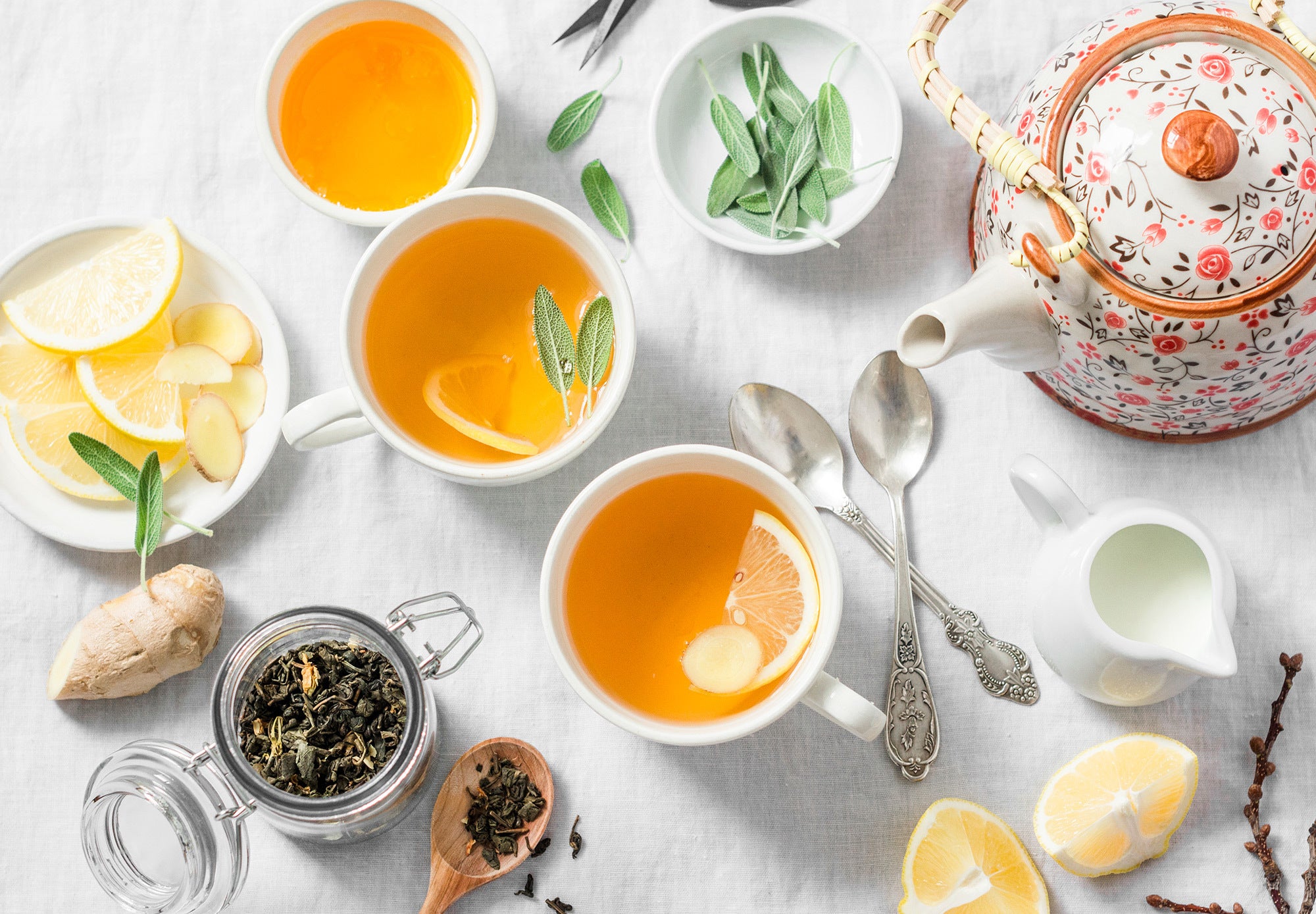Tranquil, gracious, and unforgettable, jasmine tea is often mistaken for an herbal varietal, but it’s not. Each fragrant cup is actually made from a deeply scented black, green, white, or oolong tea that draws its aromatic qualities from delicate jasmine.
INTRODUCTION TO JASMINE TEA
Tranquil, gracious, and unforgettable, jasmine tea is often mistaken for an herbal varietal, but it’s not. Each fragrant cup is actually made from a deeply scented black, green, white, or oolong tea that draws its aromatic qualities from delicate jasmine. Its production process is both intense and beautiful: tea leaves and freshly-picked jasmine blossoms are placed in thick alternating layers in a scenting house, where the tea absorbs the jasmine’s essence as the flower petals unfurl and release their fragrance.
The finest teas require this process to take place as many as seven times. As a result, this special variety – made only in the summer during jasmine season – beautifully reminds us of the value of patience and devotion.

DRINK TO YOUR HEALTH
The catechins and flavonoids of fragrant teas may contribute to greater heart health by reducing inflammation within the blood vessels and lowering “bad” (LDL) cholesterol. Likewise, jasmine oil is known for its antimicrobial properties, which are said to be capable of eliminating harmful bacteria that can impede digestion and cause illness. One study even showed the mere scent of jasmine tea slightly lowered the heart rates of a room full of people who simply breathed it in without even tasting it. That’s not surprising, considering the sweet summery scent’s ability to evoke pleasant memories and an overall sense of calm.
JASMINE TEA: A HISTORY LESSON
One of the most well-known drinks in China, jasmine tea has been served as a welcoming beverage to guests for centuries. The scenting process dates back to the fifth century, well after the Persian bloom made its way east, and the drink itself only crept westward to gain popularity across Europe and North America as recently as the 17th century.
Known as a cup that’s enjoyed as much by the nose as the palate itself, the pungent fragrance of jasmine tea is balanced by a much more subtle floral flavor on the tongue. Its caffeine level varies depending on the leaves with which it’s made, but this aromatic tea’s calming effect seems to transcend its ability to provide a measured energy boost. The health benefits of jasmine tea are plenty, and they vary by the type of tea leaves used to compose each blend.
STEEP THE PERFECT CUP
If you’re curious how to make jasmine tea, the process depends on whether it’s of the black, green, white, or oolong variety.

STEEPING BLACK OR OOLONG JASMINE TEA
- Steeped in water that’s been heated to 208 degrees Fahrenheit
- If it’s black, let it steep for three to five minutes
- If it’s oolong, let it steep for five or longer.

STEEPING WHITE OR GREEN JASMINE TEA
- If the jasmine tea is white or green, then it’s more delicate and requires less heat and a shorter infusion period, so use water heated to just 175 degrees Fahrenheit.
- Only allow it to steep for two or three minutes.
RELATED PRODUCTS
You may also enjoy

Tea Preparation
How to Steep the Perfect Cup of Tea

Tea Varieties
Jasmine Green Tea vs Black Tea



